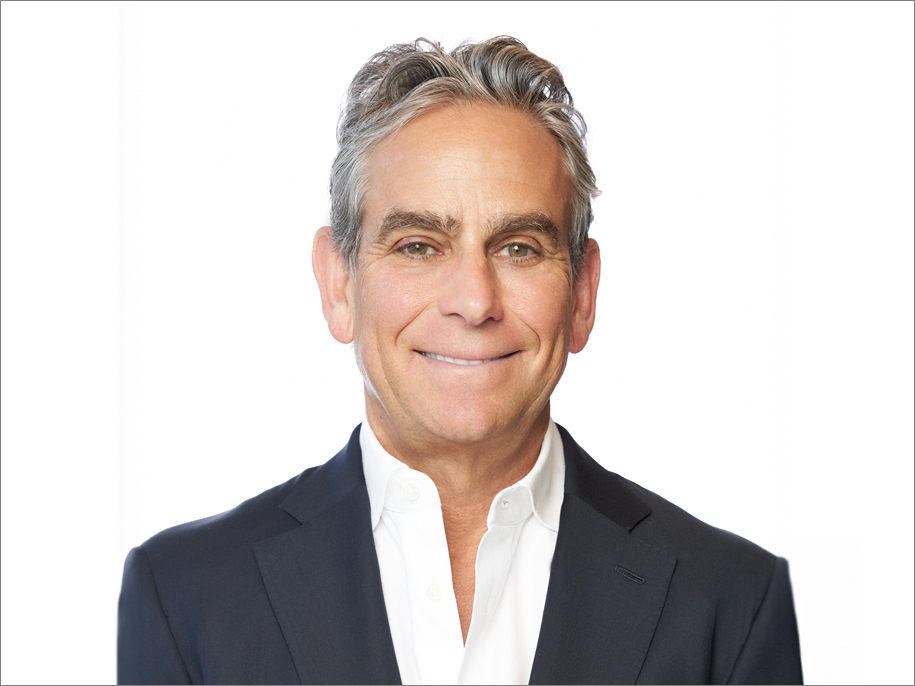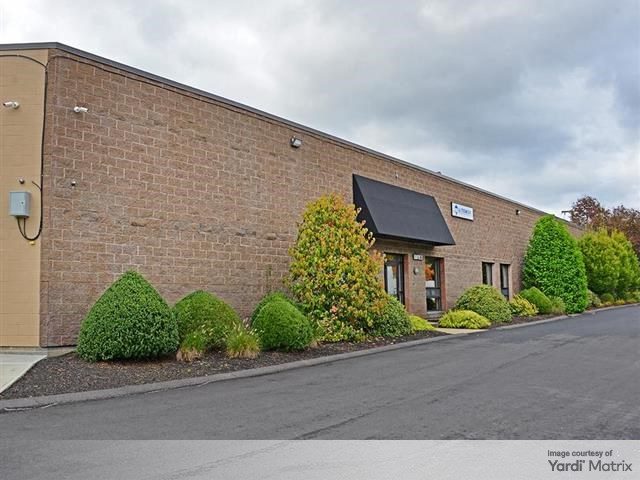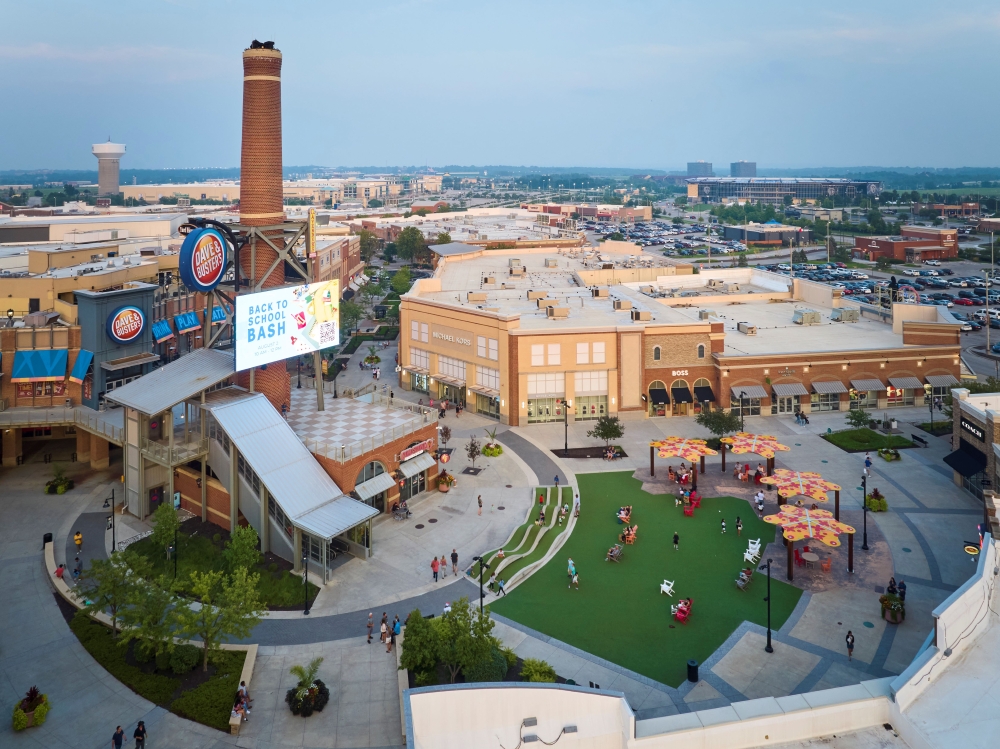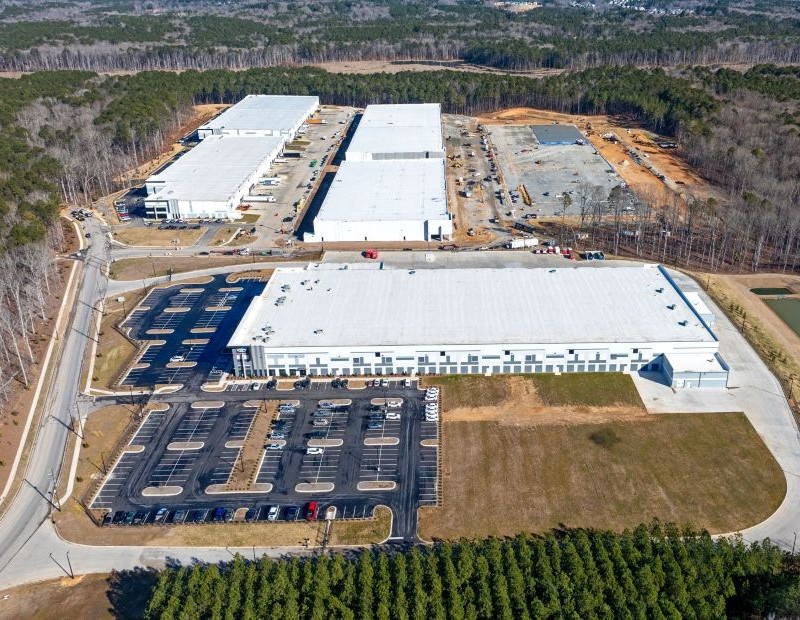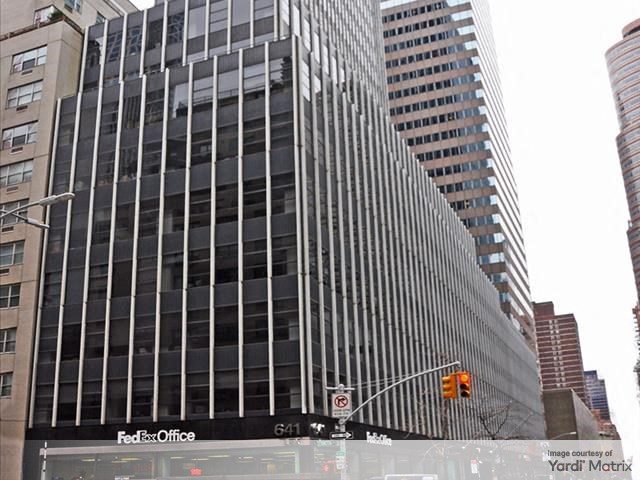Economy Watch: The Residential Growth Phenomenon
The Census Bureau and HUD both agree in regards to housing starts numbers in September, which went beyond economists' expectations.
By Dees Stribling, Contributing Editor
Residential development continues to expand. According to the Census Bureau and HUD on Tuesday, housing starts in September came in at an annualized rate of a little more than 1.2 million units, which was more than economists expected. That’s a 6.5 percent increase for the month, and a 17.5 percent increase for the year. Most of the rise was because of multifamily development. Single-family starts eked out an increase for the month of only 0.3 percent, though they’re up 12 percent for the year. New apartment starts, on the other hand, were up 17 percent for the month (because apartment starts tend to swing around), and up 28.6 percent year over year.
Though fairly strong at more than 1 million overall units, the pace of housing starts hasn’t quite recovered to historic norms. During most of the years between the late 1960s and the early 2000s, residential starts were between 1 million and 2 million units annually, and sometimes more than 2 million. Previous recessions pushed the rate below 1 million at times, but never as deeply as the Great Recession, which caused starts to linger at about 500,000 units for a few years. So the current recovery is a genuine recovery, just not particularly robust compared to previous decades.
Still, it’s entirely possible that multifamily development will once again reach historic norms, considering how strong the market is. Late last week, Axiometrics reported that the fundamentals of national apartment market continued to be strong in September — a driver of demand for new development. For instance, the nation’s apartments were 95.3 percent occupied in September, a slight 10-basis point decrease from August’s 95.4 percent, but nevertheless the third strongest month this year. The September rate was an 18-basis point increase from the 95.1 percent of a year earlier. Occupancy has been 95 percent or higher – the point at which Axiometrics at least considers a market full – for six straight months and 10 of the past 16 months. Last month’s occupancy was the highest of any post-recession September.
Also, the 5.2 percent annualized effective rent growth for the month was the highest since July 2011 (when it was 5.3 percent) and was the eighth straight month the rate has been 5 percent or higher, according to the company. Another measure of the national apartment market’s robustness in 2015 is the national year-to-date effective rent growth rate of 5.8 percent in September. That’s the highest of not only this year, but also of the entire post-recession period, Axiometrics said.

